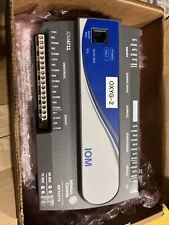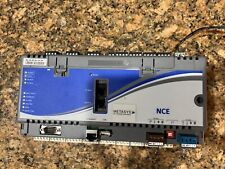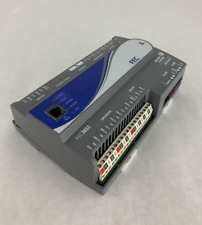
Researchers from Rudolf Jaenisch’s lab at the Whitehead Institute for Biomedical Research have taken a significant step toward answering a half century old question-do clones, like Dolly, derived from adult cells develop from a fully mature adult cell or do they develop from rare stem cells found in adult tissues? The researchers have proved for the first time that fully differentiated adult cells can form clones, but they found the process is extremely inefficient. It is more likely that elusive adult stem cells, which exist in tiny numbers along with the mature adult cells, are actually the ones to form clones, says Jaenisch. The study was conducted by Konrad Hochedlinger, a student in the Jaenisch lab, and will appear in Nature online February 10, 2002.
“This finding tells us something about the nature of the genome of adult cells-these cells are not very labile and difficult to clone. This is important to know, if adult cells are going to be cloned for personalized cell therapy,” says Jaenisch. Therapeutic cloning involves removing the nucleus, or the genetic command center, of an egg and replacing it with the nucleus from an adult donor cell. Ideally, the egg resets the developmental clock of the nucleus back to a state compatible with early embryonic growth. This ball of cells growing in culture gives rise to embryonic stem (ES) cells that genetically match the donor and have the potential to become any tissue in the body. In theory, these ES cells may be used to treat diseases, such as diabetes or spinal cord injury, without the complications of organ rejection.
This was a difficult puzzle to solve since most adult cells don’t have stable genetic markers, which can be tracked from the donor nucleus to the resulting clone. Immune cells called B cells and T cells are an exception-when these cells reach maturity, special genes, called immunoglobulin genes, are permanently shuffled. This rearrangement process allows these immune cells to produce the many unique antibodies and receptors necessary to recognize and fight the plethora of pathogens we encounter from a limited number of genes.
The Jaenisch lab took advantage of these “unique gene signatures” and used nuclei from adult B cells and T cells to create clones. Where other groups had failed in creating clones from these immune cells, Hochedlinger succeeded by using a new two step cloning process.
They first created cloned mouse embryos by transferring the nucleus from either a B cell or a T cell into a mouse egg that was devoid of its own nucleus. Instead of implanting the cloned embryos into the womb of a surrogate mouse at this point, the embryos were grown in tissue culture to make ES cells. From the 1,000 nuclear transfers attempted, the researchers were able to establish only two ES cell lines-one from a B cell and one from a T cell. Then in a second step, these ES cells were successfully used to create mouse clones. Instead of each successful nuclear transfer resulting in one implanted embryo, the two step process allowed the researchers to make multiple attempts at creating identical mouse clones from each ES cell line.
The resulting cloned mice had the unique gene rearrangement that was present in the original B cell or T cell from which they were derived in all the cells of their body. The mice could not rearrange their immune genes, so they were only able to make the one type of antibody or receptor they started out with. “This tells us that the original B cell and T cell were truly mature, functional cells waiting to get activated by a pathogen,” explains Hochedlinger.
“In normal cloning attempts, it would be too inefficient to use mature adult cells. We were able to produce clones from adult cells because we took the two step approach. I think this supports the suggestion that many clones are derived not from mature cells but rather from adult stem cells, but we haven’t proven this,” says Jaenisch. To test whether adult stem cells have a higher cloning efficiency, scientists need to compare the clone-forming potential of adult stem cells (precursors to B and T cells) to the mature B and T cells. “If adult stem cells are more easily reprogrammed, than one could argue that clones are actually derived from these rare cells,” he adds. This next step will be challenging since adult stem cells are very difficult to identify and grow in culture.
This study also represents a proof of principle for a tool that can be used to distinguish between epigenetic and genetic changes occurring in adult cells, for example, during brain development or cancer. “You may be able to take a single neuron and make a cloned mouse with it. All the cells in the resulting mouse will be genetically identical to the original donor cell. The cloning technique amplifies what happens in a single cell into a whole animal. If changes in a cell are reversible-epigenetic-the mouse will be normal. However, genetic changes, no matter how subtle, are irreversible and observable, like the rearrangement of immunoglobulin genes in B cells and T cells,” explains Jaenisch.


















Comments are closed.